Jun. 16, 2023
Introduction:
However, architectural woven mesh has emerged as a versatile solution that allows architects to find the perfect equilibrium between these two essential elements. This article explores the role of architectural woven mesh in achieving transparency and privacy simultaneously, providing both visual openness and necessary seclusion within architectural designs.
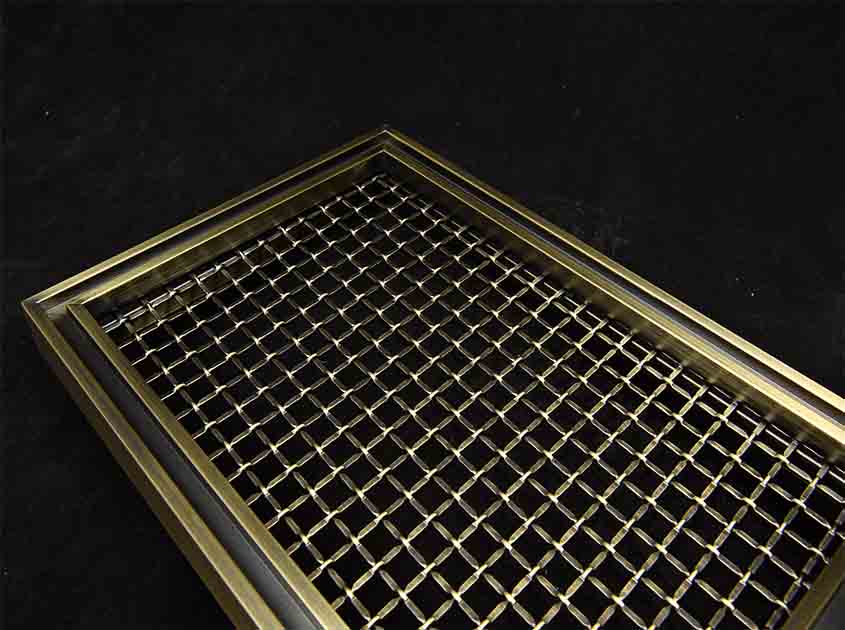
Part 1: Transparency and Connection
Architectural woven mesh offers a unique advantage in creating transparent spaces that foster a sense of connection. The openness of the mesh allows for unobstructed views, bringing natural light deep into the interior spaces and providing a visual connection to the surroundings. This transparency promotes a sense of openness and a harmonious integration with the environment. Whether used in large expanses or as subtle partitions, architectural woven mesh facilitates a seamless flow between spaces, enhancing collaboration, and encouraging a sense of community.
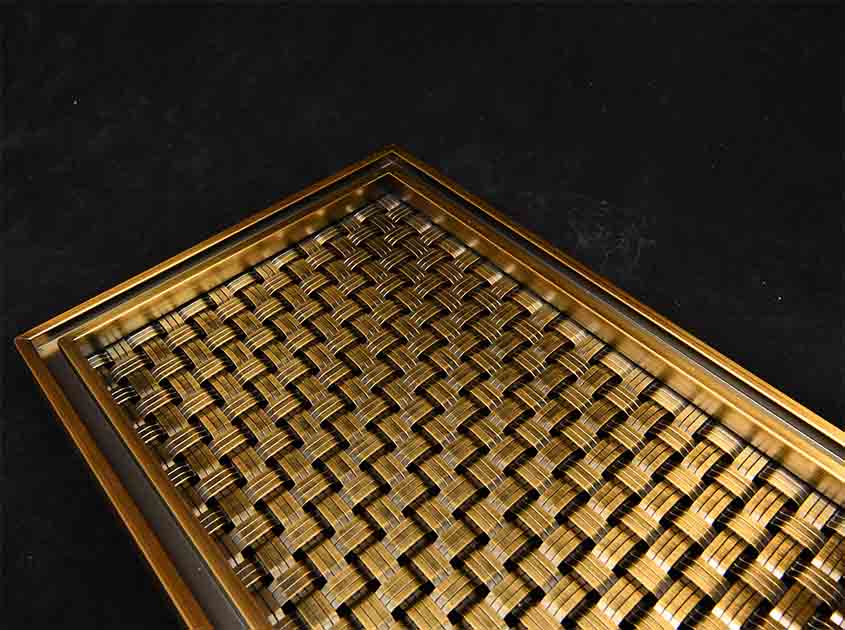
Part 2: Privacy and Seclusion
While transparency is desirable, privacy is equally important in many architectural settings. Architectural woven mesh allows architects to achieve privacy without sacrificing visual openness. By adjusting the density of the mesh or incorporating patterns that selectively obscure certain areas, architects can create secluded spaces while still maintaining a sense of lightness and connection. This balance of privacy and transparency enables individuals to retreat to private areas while remaining connected to the larger spatial context, striking a harmonious equilibrium.
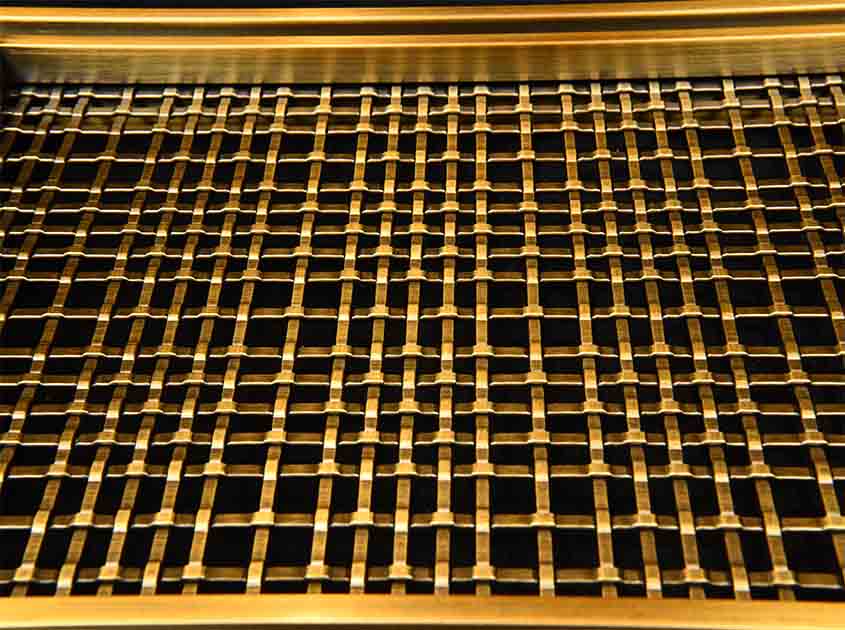
Part 3: Visual Delight and Aesthetics
Architectural woven mesh not only offers functional benefits but also enhances the visual aesthetics of architectural designs. The intricate patterns, textures, and play of light and shadow created by the mesh contribute to the overall visual delight of a space. The mesh can be customized to align with the design theme or mimic the surrounding context, adding depth and interest to the architectural composition. By incorporating architectural woven mesh, architects can create visually captivating environments that evoke a sense of intrigue and beauty.
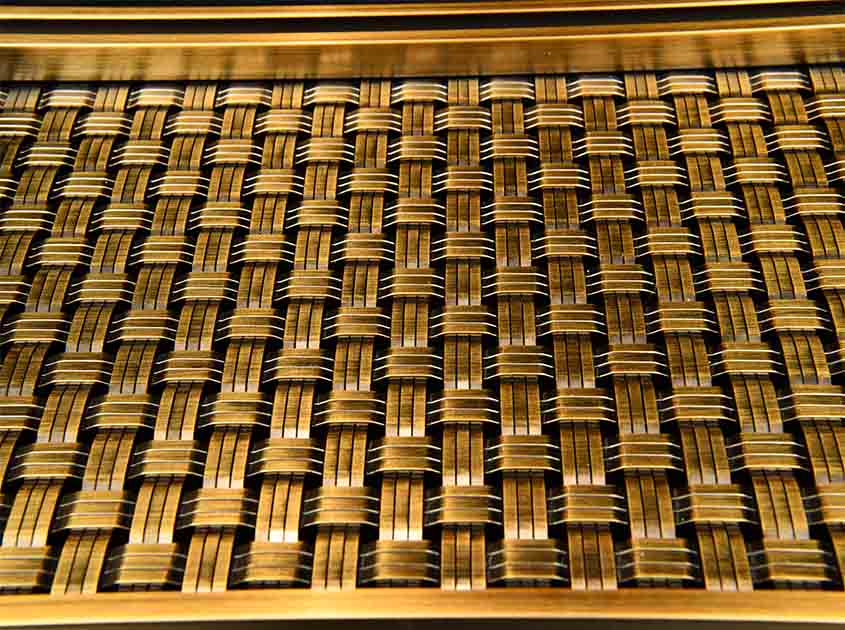
Part 4: Functional Applications
Architectural woven mesh finds a wide range of functional applications in architectural design. It can be utilized as façade cladding, window screens, interior partitions, or even exterior shading systems. In each application, the mesh provides the necessary balance between transparency and privacy. For instance, on building facades, it can offer a visually striking and transparent exterior while maintaining privacy for occupants inside. In interior spaces, the mesh can create subtle divisions between different areas while still allowing visual connectivity and an open atmosphere.
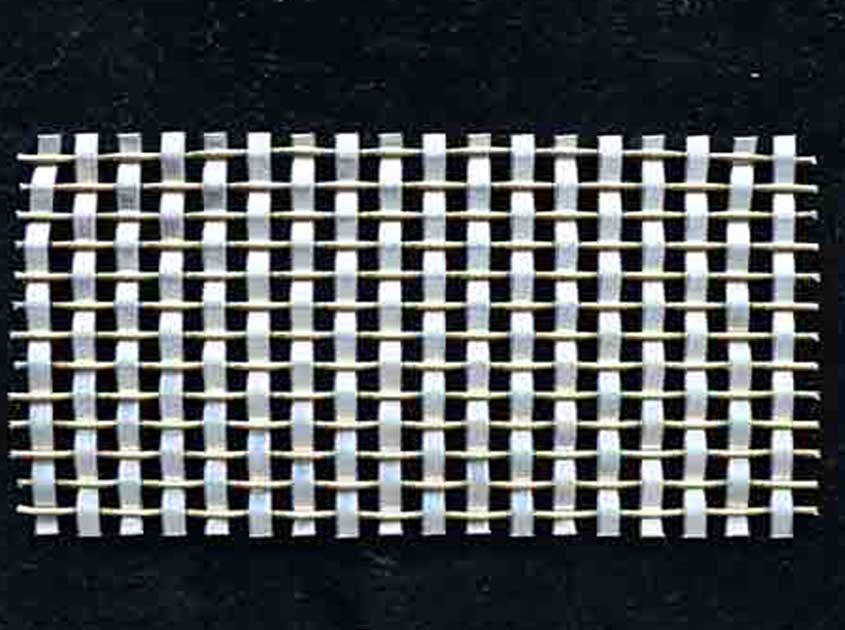
Part 5: Sustainability and Performance
Architectural woven mesh offers sustainability and performance benefits as well. The mesh can act as an effective solar shading device, reducing solar heat gain and energy consumption. Its transparency allows for natural daylighting, reducing the need for artificial lighting during the day. Furthermore, the mesh can contribute to improved indoor air quality by promoting natural ventilation. The durability and weather resistance of the mesh also ensure its longevity and low maintenance requirements, making it a sustainable choice for architectural applications.
Architectural Decoration Network – Innovative Materials for Modern Architecture and Interior Design
Metal Decor Website, Customized Metal Decor Products Professionally
Hot Products
NAVIGATION
Contact Us
Phone:
+86 151 2815 1778
FAX:
+86 311 8961 3055
Address:
No.77, The Wire Mesh Filter Industrial Zone of Anping, Hebei, China